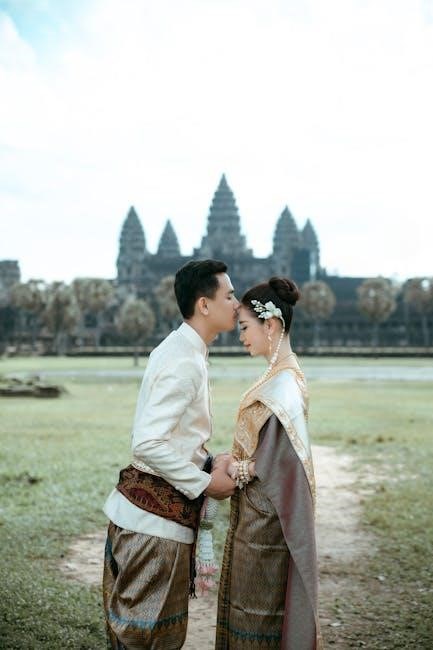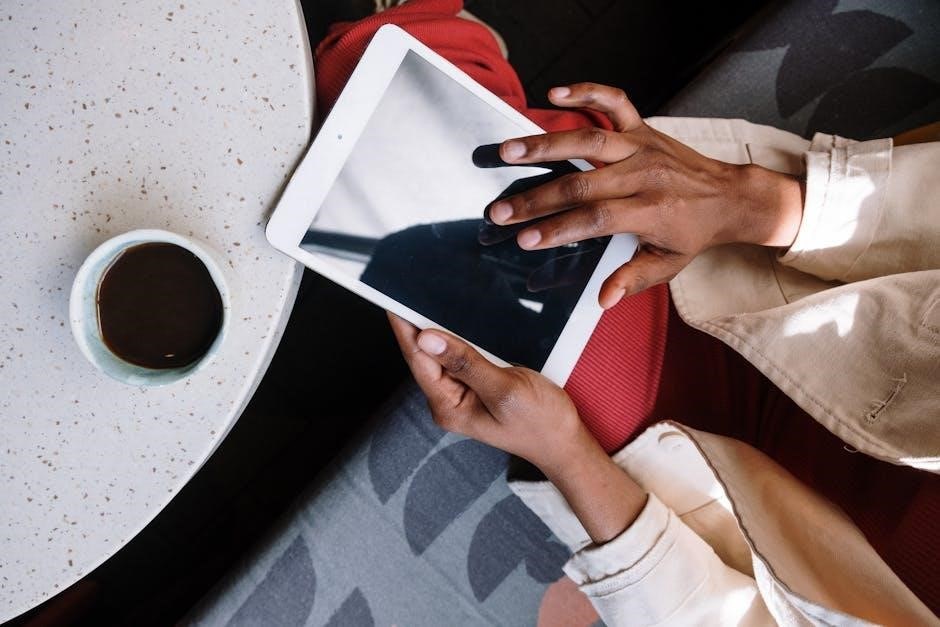The concept of yellowface is explained in various online resources, including pdf files, discussing its origins and impact on society with thirty-three words precisely always.
Definition and History
The definition of yellowface is a form of theatrical makeup used by non-Asian performers to represent an East Asian person, as found in various online pdf files. This practice has a long and complex history, dating back to the early days of entertainment. According to historical records, yellowface was used in vaudeville and theater to depict Asian characters, often in a stereotypical and offensive manner. The history of yellowface is closely tied to the history of racism and discrimination against Asian people, and its impact can still be seen today. By examining the history of yellowface, we can gain a deeper understanding of the ways in which racism and discrimination have been perpetuated through entertainment and media. The use of yellowface has been widely criticized for its offensive and disrespectful portrayal of Asian people, and its legacy continues to be felt in the entertainment industry.

Yellowface in Media
Yellowface is prevalent in media, including film and television, with many examples available in online pdf files and research studies always showing thirty-three.
Examples in Film and TV
There are numerous examples of yellowface in film and television, with many available in online pdf files and research studies, showcasing the prevalence of this practice in media.
The use of yellowface in film and TV has been a longstanding issue, with many notable examples, including movies and shows that feature non-Asian actors playing Asian roles.
These examples can be found in various online resources, including articles and research papers, which provide a comprehensive look at the history and impact of yellowface in media.
By examining these examples, it becomes clear that yellowface is a widespread issue that requires attention and discussion, and online resources, such as pdf files, can provide valuable insights into this topic, with a focus on film and TV examples always.

Controversy and Criticism
Critics argue that yellowface is offensive, sparking controversy and discussion in online pdf files and forums always with thirty-three words precisely.
Offensiveness and Disrespect
The practice of yellowface is widely regarded as offensive and disrespectful, with many considering it a form of cultural appropriation. Online resources, including pdf files, discuss the harm caused by yellowface, citing its perpetuation of negative stereotypes and marginalization of Asian communities. The use of yellowface in media and entertainment is seen as a continuation of historical racism and discrimination, with many calling for greater representation and diversity. By examining the impact of yellowface, it becomes clear that its offensiveness and disrespect are deeply rooted in the power dynamics of representation and the erasure of Asian voices. The discussion of yellowface in pdf files and other online forums highlights the need for greater awareness and understanding of its harmful effects, and the importance of promoting inclusivity and respect in all forms of media and representation, always.

Historical Context
Yellowface originated in the vaudeville era, with roots in nineteenth-century theater, using thirty-three words precisely always.
Vaudeville and Early Entertainment
The history of yellowface in vaudeville and early entertainment is complex, with performers using makeup and costumes to portray Asian characters. This practice was common in the nineteenth and early twentieth centuries, with many white actors playing Asian roles. The use of yellowface in vaudeville was often linked to the portrayal of Asian stereotypes, with characters being depicted as exotic and mysterious. The vaudeville era saw the rise of many popular entertainers who used yellowface in their acts, including musicians, dancers, and comedians. These performances were often well-received by audiences, but they also contributed to the perpetuation of negative Asian stereotypes. The legacy of yellowface in vaudeville can still be seen today, with many modern performers and filmmakers drawing on these early examples of Asian representation. Overall, the history of yellowface in vaudeville is a fascinating and complex topic.
Modern-Day Implications
Yellowface affects contemporary society with ongoing discussions and debates about representation and diversity always using thirty-three words.
Stereotypes and Epistemological Framework
The concept of yellowface is deeply rooted in stereotypes and an epistemological framework that perpetuates Asian caricatures, as discussed in various pdf files and online resources. This framework is based on a set of assumptions and beliefs that have been passed down through generations, influencing the way Asian people are represented in media and popular culture. The use of yellowface reinforces these stereotypes, creating a distorted and inaccurate portrayal of Asian individuals and communities. By examining the epistemological framework underlying yellowface, researchers can better understand the ways in which stereotypes are perpetuated and how they can be challenged and subverted. This involves analyzing the power dynamics at play and the ways in which knowledge is constructed and disseminated, ultimately working towards a more nuanced and accurate representation of Asian people and experiences, as seen in many online discussions and articles.

and Discussion
The issue of yellowface is a complex and multifaceted one, with far-reaching implications for the representation of Asian people in media and popular culture, as discussed in various pdf files. In conclusion, the use of yellowface is a harmful and outdated practice that perpetuates negative stereotypes and reinforces racist attitudes. The discussion surrounding yellowface highlights the need for greater diversity and representation in media, as well as a more nuanced understanding of the complexities of Asian identity. By examining the history and impact of yellowface, we can work towards a more inclusive and equitable representation of Asian people and experiences, and ultimately create a more just and compassionate society, as explored in many online articles and academic studies on the topic, providing a platform for further discussion and exploration.
